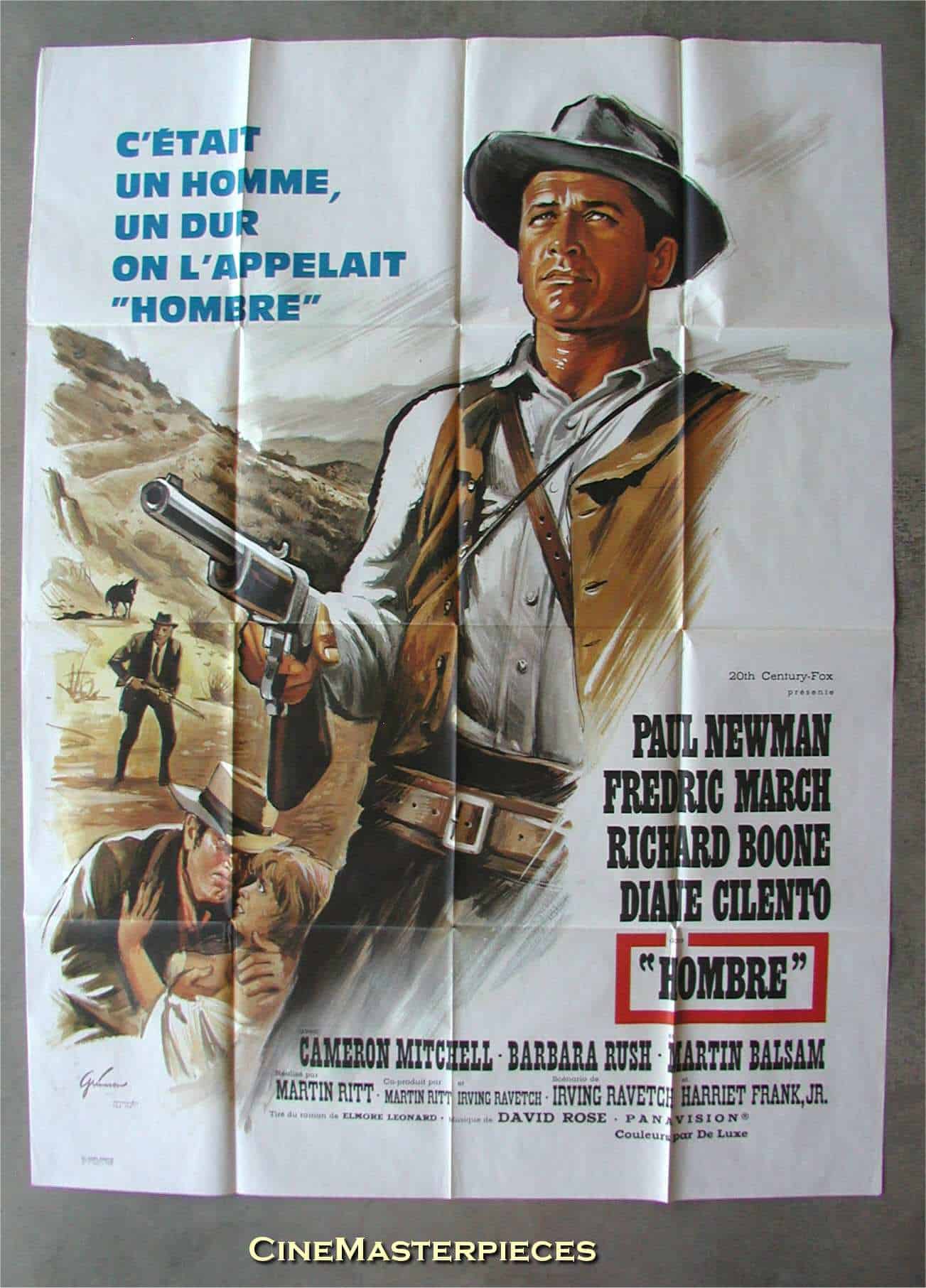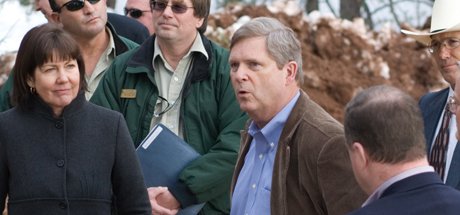
Whether we are talking about planning, assessments, monitoring, or any other managerial function it is good practice to also talk about what I like to call the “p” words, psychology and politics. Here is a little tidbit I’ve been thinking about again recently.
How often do we resort to blaming others for our own problems/failings? Think first of international relations and war. Think second of our own families. Think third of the organizations we work for and with. Admittedly, everything depends on everything and relationships are a two-way street. But I still believe that much of our undiscussed, and often undiscussable conflict derives from our own inability to see ourselves as others see us. This too, is a two-way street. Anyone or any groups we are in conflict with usually have the same problem, which we might think of as a special case of “frame blindness.”
(See generally Chris Argyris’ Action Science ideas. For the Forest Service specifically, see my Catch-22 and Maladaptive Organizations, and on “frame blindness” and other decision traps, see How to Avoid Harebrained, Cockamamie Schemes.)
Not only do we too-often think of ourselves as victims, but usually “frame” ourselves as well-meaning heroes — hardworking, fair and sensitive heroes — stopped in our tracks by those who we vilify as enemies, or malcontents, who we to-often view as lazy, inconsiderate, unappreciative, and insensitive. The problem gets worse as each side digs in, nurturing a co-dependency. In organizations the problem spreads as more and more people buy into the blame game, setting up a contagion that afflicts entire organizations.
I just finished a little book, Leadership and Self-Deception (2000, Second edition 2010, Amazon.com link) that captures the organizational “blame game” well. Importantly, the authors give hints on how to move beyond victim/blame both in interpersonal relations, management and leadership, and organizational effectiveness measures.
One key toward organizational betterment is to learn to appreciate people as people, not as cogs in organizational machinery. Another key is to learn how to accept and share responsibility for organizational problems. In an afterword, the authors describe how in applying lessons learned from the book a CEO instituted a new way of tracking and dealing with problems in a company:
Whereas before, he would go to the person he thought was causing the problem and demand that the person fix it, the CEO began to consider how he himself might have contributed to the problem. He then convened a meeting including each person in the chain of command down to the level where the problem was manifest. He began the meeting by identifying the problem. He laid out all the ways he thought he had negatively contributed to the culture that had produced the problem and proposed a plan to rectify his contributions to the problem. He invited the person directly below him to do the same thing. And so on down the line. By the time it got to the person most immediately responsible for the problem, that person publicly took responsibility for his contributions to the problem and the proposed a plan for what he would do about it. In this way, a problem that had gone on literally for years was solved nearly overnight when the leaders stopped simply assigning responsibility and began holding themselves strictly accountable.
See too: Difficult Conversations (1999) (Amazon.com link) (Google Books preview)
None of this is new, of course, both the aforementioned books were written around 2000. In a 2006 Forest Policy-Forest Practice post titled Perplexed by Principles for Process Improvement , I alluded to the “power-over” v. “power-with” dilemma, and reiterated my 2003 suggestion to get us beyond gridlock by beginning the journey toward true collaboration.
Maybe I was planting seeds of thought, maybe I was whistling in the wind. Maybe the time is right now, or is yet to come. But maybe it will never come!
Why ? Despite rhetoric to the contrary, Capital P “Politics” is a power-over game, and US government agency administration is “political”. It used to be that the Timber Barons and their Congressional and Administration lackeys were never far from earshot of anything that the Forest Service did (remember especially the 1950s through 1970s or 80s). Now the game has shifted, and Fire Money (and assoicated power) has more sway, as increasingly does Recreation Money. Maybe we will get a chance for better collaboration, even adaptive co-management as the Resilience Alliance folks call it.
But I won’t be surprised if we don’t. I have been hoping for a “collaborative future” for a very long time, but I’m beginning to wonder if I’ve not fallen into the insanity trap: doing (saying) the same things over and over, and expecting different results.
Returning to more optimistic thoughts, Leadership and Self-Deception got me to thinking about other books like Argyris and Schön’s Overcoming Organizational Defenses: Facilitating Organizational Learning, (1990) and Susan Scott’s Fierce Conversations (2002). (See my 2005 Forest Policy-Practice Fierce Conversations post). Only after learning to own up to and defeat the victim/blame game do we have any chance at other important organizational learning opportunities.
A key question: Is it really possible, or remotely likely that the US Forest Service (or any other large government bureau) will ever be able to move beyond the blame game?








